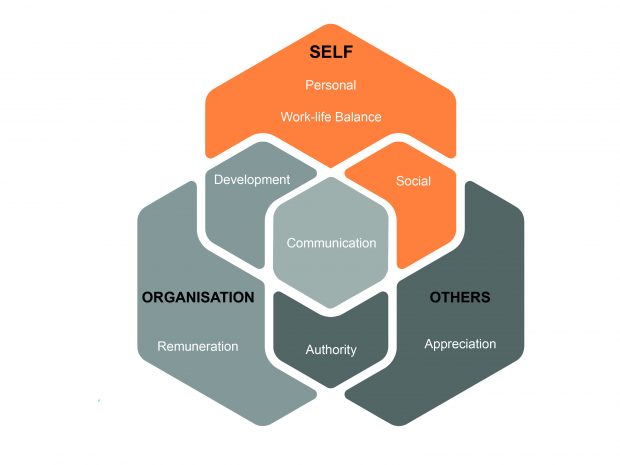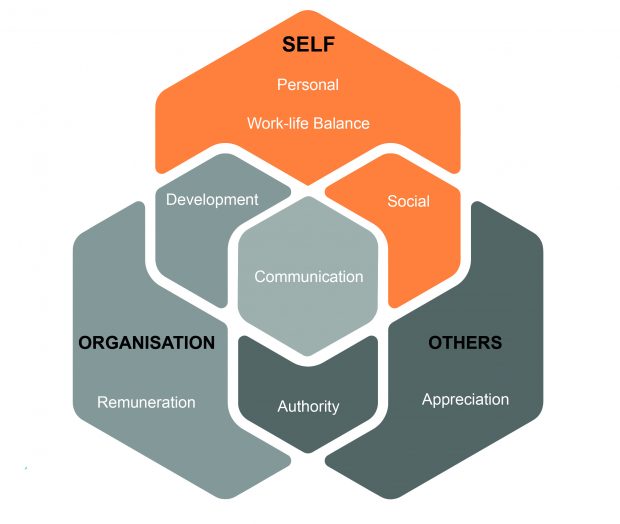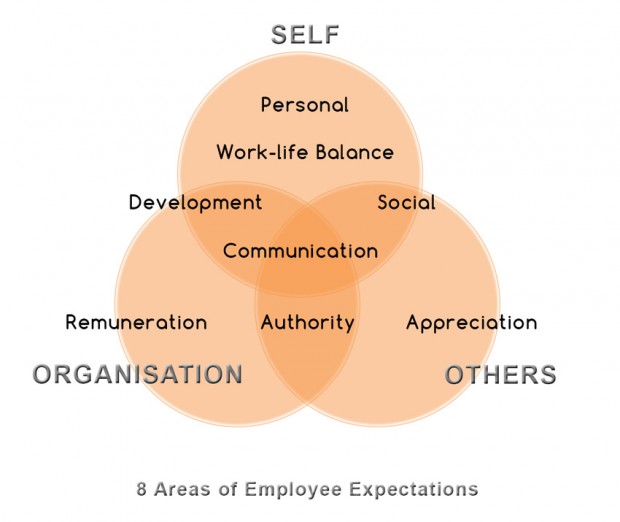Social Expectations – engaging your team
Leave a CommentSocial Expectations in the Workplace
This article on the 8 areas of employee expectation looks at social expectations in the workplace and their impact on employee engagement.
The greater part of a worker’s day is spent in the work environment, so not surprisingly employees want good relationships with the people whom they spend the majority of their time with: their immediate co-workers, other employees, supervisors and bosses.
Of course, not everyone is socially outgoing; some people are introverted and find it difficult to engage. Others see work as a necessary function of putting food on the table, want to get the job done and go home with as little work socialising as possible.
Rather than assuming what team member’s social expectations are, managers can now explore an individual’s personality and work related preferences for social interactions.
The organisational view
When social engagement is lacking the result is poor productivity, low morale and ultimately higher staff turnover.
According to research, ’employees that are social’ are more likely to be engaged at work, however it is one of the more difficult areas to measure accurately, and the results need to be considered alongside other engagement factors if organisations are to meet their employee’s social expectations.
Perhaps the biggest challenge for organisations is finding the right balance. Being too social may lead to a drop in productivity, and whilst social activities outside of work are good for team bonding there is a risk of cliques developing which impact day-to-day dynamics.
Does everyone in the group have the same social expectations?
Finding out what employee’s social expectations are can be highly enlightening; by using Harrison Assessments engagement and retention analytics we can explore them in detail.

What can we interpret for this group?
- This group has only a moderate desire to have social opportunities related to work.
- This group has a reasonable tendency to be outgoing.
- Since this group tends to be outgoing, the manager probably only need to organise some employee social events from time to time to meet this need.
The individual’s career development expectations
Asking the right questions, and analysing each individual employee’s real engagement factors ensures managers and the wider organisation provide an environment that retains the best talent. People want to feel recognised but there are many other factors that need to be understood if they are to further engage in their work and the overall success of the organisation.

What social expectations do employees have?
Here are two social expectations that can be measured and reported upon from the Harrison Assessment:
Wants Social Opportunities
- The desire to have a workplace that enables one to meet and interact with others
- A gregarious individual will want to meet new people, forge relationships and engage in social activities and this can either be a hindrance or a positive thing depending on the employee’s situation and given role.
- It could mean, for instance, that an employee is too easily distracted and may not get on with their work productively.
- It could also mean that they are being held back because they are in an environment where social interaction is curtailed in some way.
- For managers in particular the desire for social opportunities can often undermine their performance.
- It can also have the opposite effect if they decide to curtail social interaction because they want to ‘appear’ in charge.
- Getting the balance right can often be difficult especially for those who are new to their role.
Outgoing Personality
- The tendency to be socially extroverted and the enjoyment of meeting new people
- The fact that an employee is more extrovert could make him or her a good candidate for customer facing roles but also brain storming sessions as they are more likely to express their views and helping to boost morale in the workplace when the pressure is on.
- It could also mean, of course, that a particular employee or supervisor has trouble ensuring that the staff under them follow the rules and processes of the company – something that may need to be monitored and further training and guidance provided for.
- An employee may want a better degree of social interaction in the workplace but they are too introverted to make it happen. Providing the right support and facilitating interactions can help bring this person out of their shell and help them engage more effectively and contribute fully.
Using Harrison Assessments Talent Solutions to understand social expectations
Managers can measure employee expectations, the intrinsic behaviours that drive individual and group engagement, by analysing the 8 key expectation areas. This helps to understand any differences between an employee as well as looking at the overall group or team’s expectations. These insights facilitate the essential dialogue between employee and manager, fostering a shared responsibility for engagement to build a culture of employee engagement.
Managers can use the Manage, Develop and Retain report as a guide to getting the best performance out of an individual member of their team, and shows how mis-matched communication and management styles could potentially demotivate a talented employee. Instead the report suggests how best to develop and engage the employee, what type of tasks to delegate and behaviours to watch out for that could impede performance.
Employee Engagement White Paper
- This employee engagement white paper will outline why this is the case and what is needed to achieve a greater impact on organisational performance.
- It includes some key areas relating to engagement in the workplace and a crucial 3-step guide to assist with the application of engagement analytics.
- Written by Dan Harrison, Ph.D. – Organisational Psychology, developer and CEO of Harrison Assessments, this white paper is a must read for anyone involved in employee engagement. Request your copy here –











